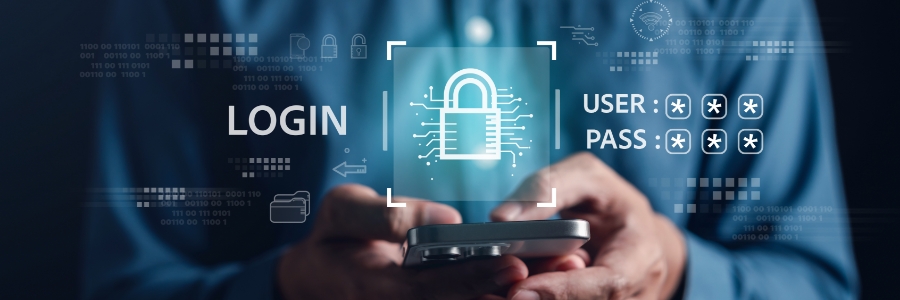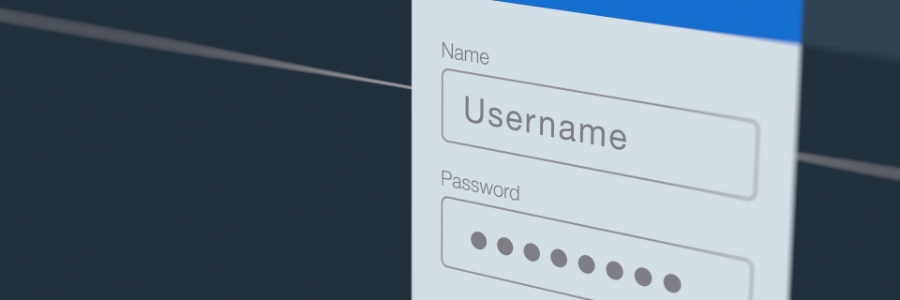A recent analysis of the most damaging software attacks revealed that many cybersecurity guides overlook critical protections, leaving systems exposed to threats. However, developers can adopt practical steps to enhance their defenses significantly.
The state of ransomware in 2025: What businesses need to know
Password managers under attack: Protect your SMB

Many small or medium-sized businesses (SMBs) rely on password managers to simplify and secure their authentication processes, but these tools are now under attack. A recent study revealed a startling rise in malware targeting password managers, with cybercriminals adapting their tactics and growing more sophisticated by the day.
How to pick the right antivirus software for your SMB

When running a small or medium-sized business (SMB), security should never be an afterthought. With cyberattacks becoming more advanced, having reliable antivirus software is one of the most effective ways to protect your sensitive data. However, choosing the right antivirus software isn’t as simple as picking the first one you come across.
Watch out! These social engineering tricks could fool anyone

While it’s easy to blame cyberattacks on sophisticated hacking, the truth is that many attackers rely on social engineering — a craft of deception designed to manipulate people into giving up sensitive information or access. The scary part? It’s not just high-tech companies that get targeted, it’s all of us.
The hidden risks of SaaS for SMBs
Stay secure in 2025: Cybersecurity resolutions you should keep this year

Cybercrime is more sophisticated and persistent than ever, putting small businesses at significant risk of attack. The new year offers a fresh start, and what better way to begin than by prioritizing your business’s cybersecurity? Below are seven actionable resolutions to help you protect your data, your customers, and your reputation in the coming year.
5 Cyber risks for retailers this holiday season

For retailers, the holidays are the busiest time of the year, and it's easy to overlook cybersecurity amid all the chaos. However, proactive measures can help prevent potential cyberthreats from disrupting business operations and customer trust. Here are common cyberthreats during the holidays and some ways retailers can defend against these.
Level up your password game with NIST’s latest guidelines

Elevate your online security by mastering the art of strong password creation. The National Institute of Standards and Technology (NIST) has provided valuable insights to help users create and maintain secure passwords. By following these guidelines, you can take a proactive approach to protecting your digital assets.
Protect your IT from the top 5 recurring security issues

From external attacks to internal vulnerabilities, security threats come in many forms. By recognizing the five most frequent IT security risks, you can implement the right measures to protect your systems and data.
Accidental malware installation
Malware, also known as malicious software, is software created that causes damage to computers, servers, or networks.



